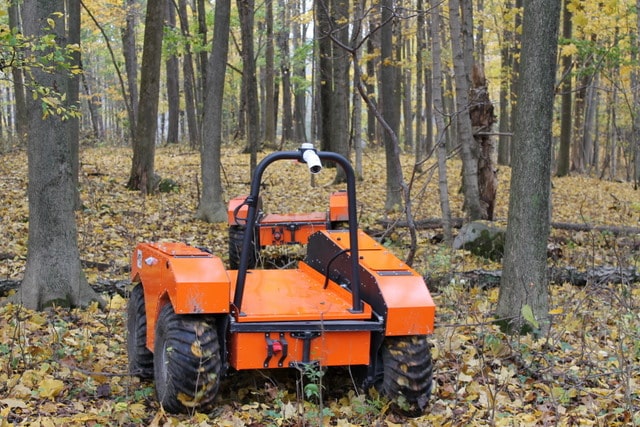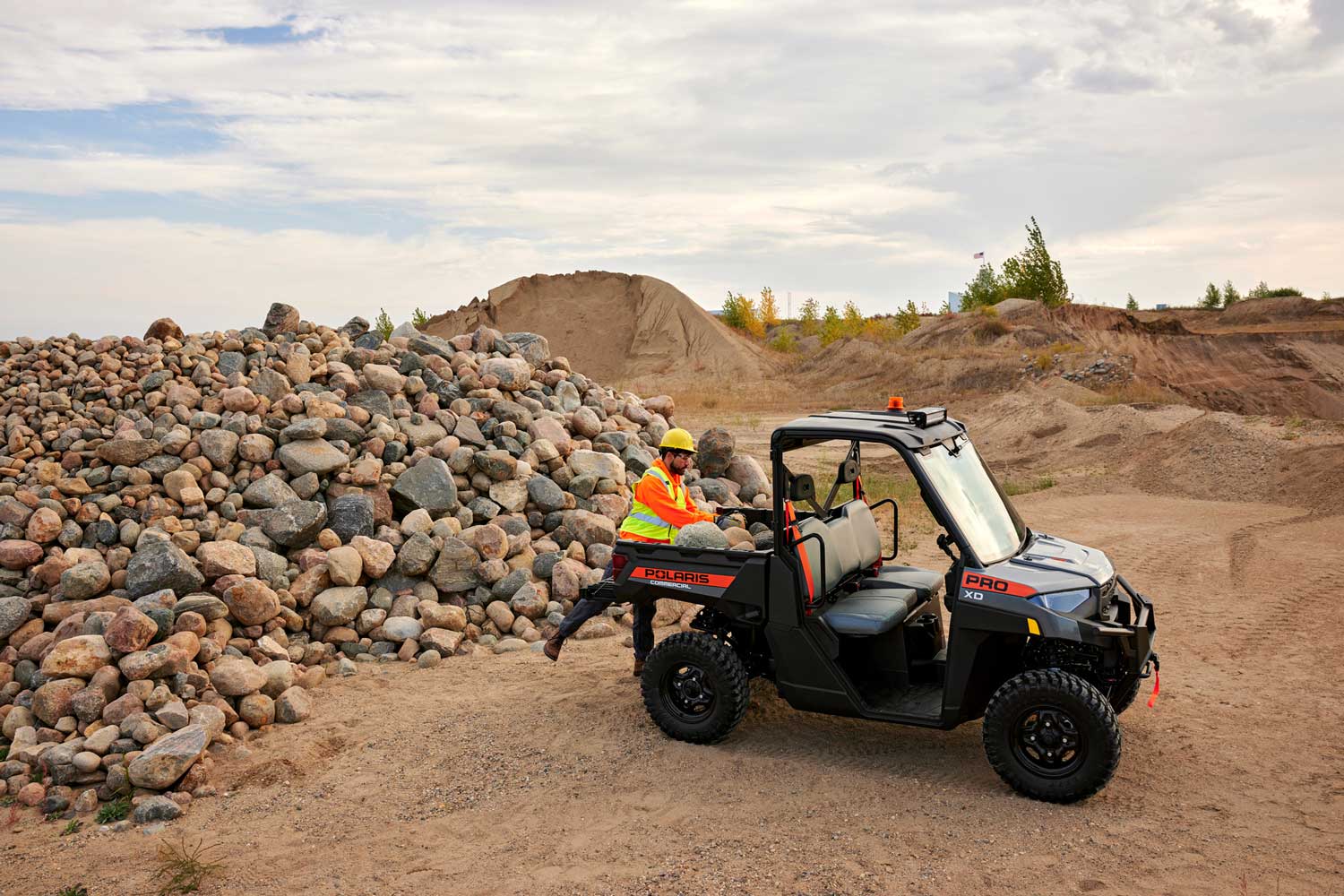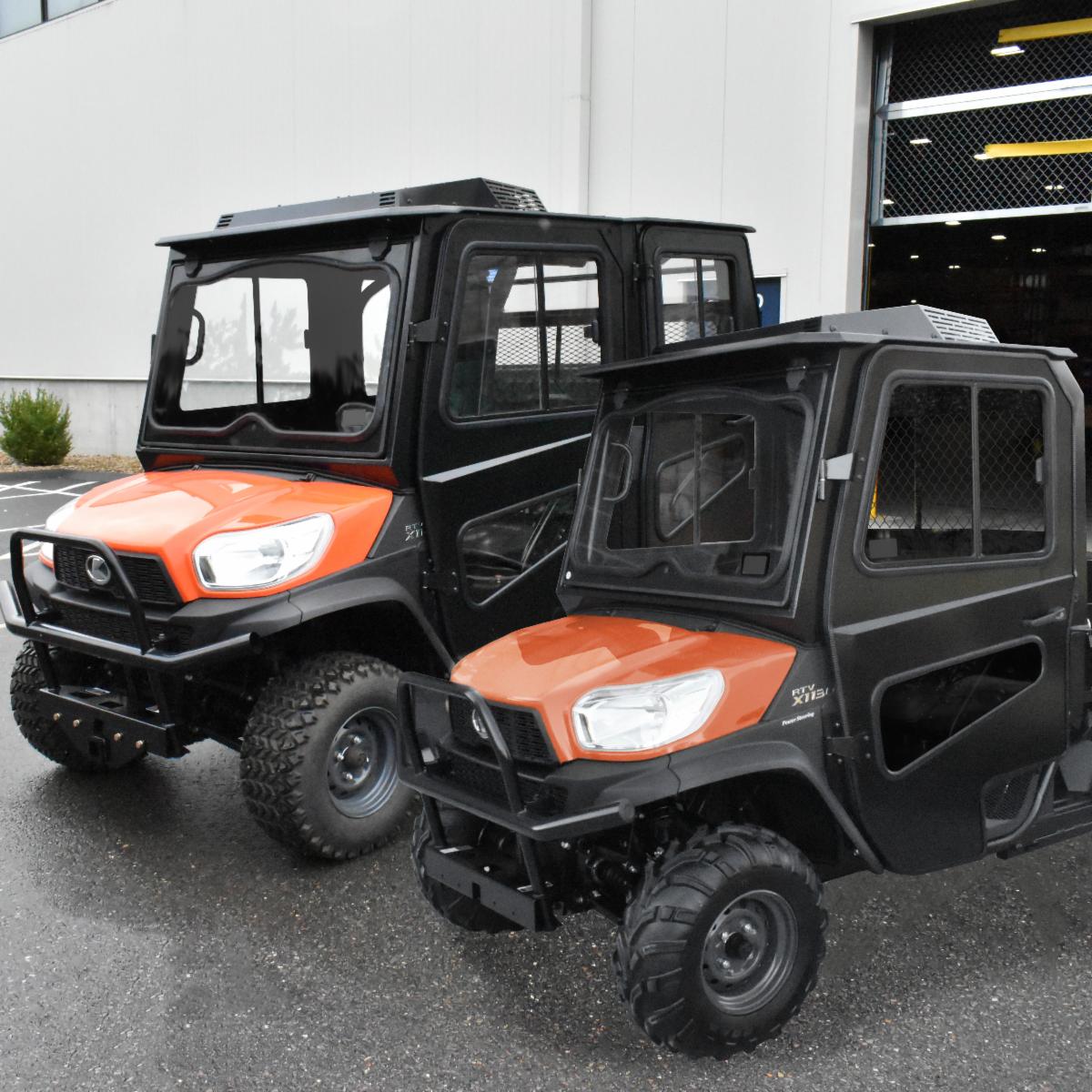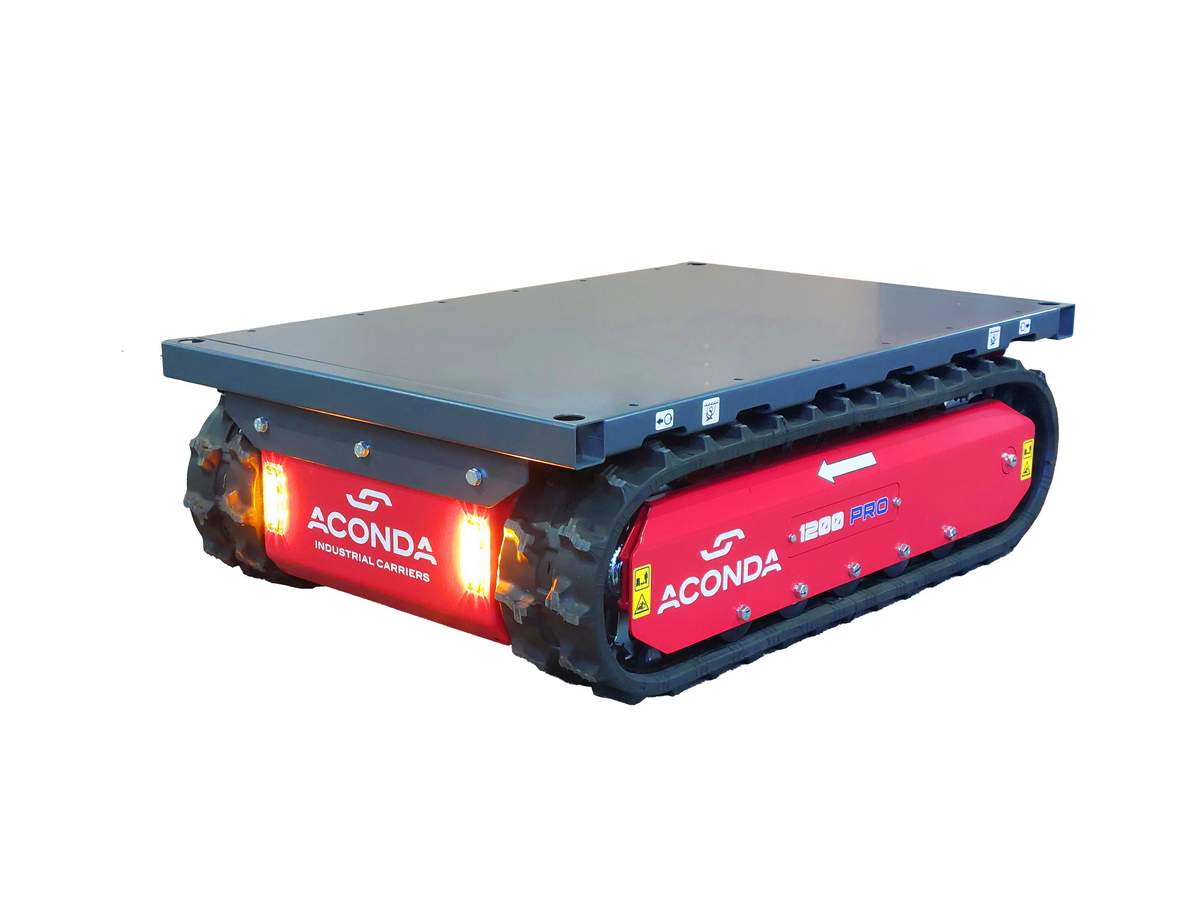UTV manufacturers at Argo expand to make space and robotics projects
Following on recent contract awards from the Canadian Space Agency, Ontario Drive & Gear (ODG) has announced plans to expand facilities and staff to accommodate the firm’s Space & Robotics Group. ODG is best known as creator of the renowned Argo family of 6×6 and 8×8 extreme terrain vehicles. Over the past six years, ODG has emerged as the go-to designer of mobility platforms for lunar and planetary rovers, developed with funding from the Canadian Space Agency (CSA).
This work led ODG to further develop robotic rovers for commercial applications, and to create its Space & Robotics Group to concentrate on this growing business sector.
A Leader in Robotic Platforms
Most recently, the group was awarded the contracts from two CSA Requests for Proposal with a total value approaching $3 million. ODG will lead development of the ExCore small planetary rover platform and of the Lunar rover drive-train prototype (LRPDP) platform.
These announcements coincide with ODG’s launch of the Argo J5 rover, the first of a family of commercial robotic vehicles derived from lunar-specific rover prototypes. According to Peter Visscher, Manager of the Space & Robotics Group, the J5 rover will offer a new level of mobility for applications in agricultural, industrial, security, and defense markets, where extreme mobility, personnel safety, security and durability are required in a proven, affordable platform.
New Space & Robotics Facility
To meet demand for this type of development work, ODG is preparing to open a new 30,000-sq ft facility close to its head office and manufacturing plant in New Hamburg, Ontario. ODG CEO Michael Eckardt explains, “The new facility will have 10,000 sq ft of office, plus 20,000 sq ft of production space. Along with expanding our physical plant, we will be hiring new staff at every level, from senior engineers to assembly workers.”
Since 2008, ODG has produced more than 20 robotic rover projects designed for the harshest terrain conditions on earth, and in space. The engineering team’s experience and focus on extreme mobility has attracted international attention from potential customers and from the engineering community.
Focused on Mobility
Visscher attributes the commercial viability of the J5 to this focus. “Traditional robot developers have started with their payload — the computers, sensors, tools, etc. — then looked for a way to make them mobile. We started by solving mobility and environmental problems, then package the payload as is required. So now, with the J5, we have a multi-purpose rover than can traverse any terrain to carry anything, from camp supplies to scientific instruments.”
ODG offers the additional advantage of lower costing for its rover platforms. Visscher continues, “The company is able to use its internal resources to fabricate key components, while other developers have to turn to outside vendors. The team can also take advantage of volume pricing for common parts ODG stocks for its Argo UTVs.”
The Argo J5 rover was based on designs to withstand hostile landscapes and to maintain stability as it climbs severe obstacles. Early production models of the J5 are already in service in Canada, Europe, Asia and South America. Like all Argo vehicles, the J5 is also fully amphibious. “There isn’t much demand for swimming capability in space,” Visscher admits. “But here on earth, our rover’s ability to cross rivers and lakes opens up far more terrain for robotic operations than any other vehicle.”





